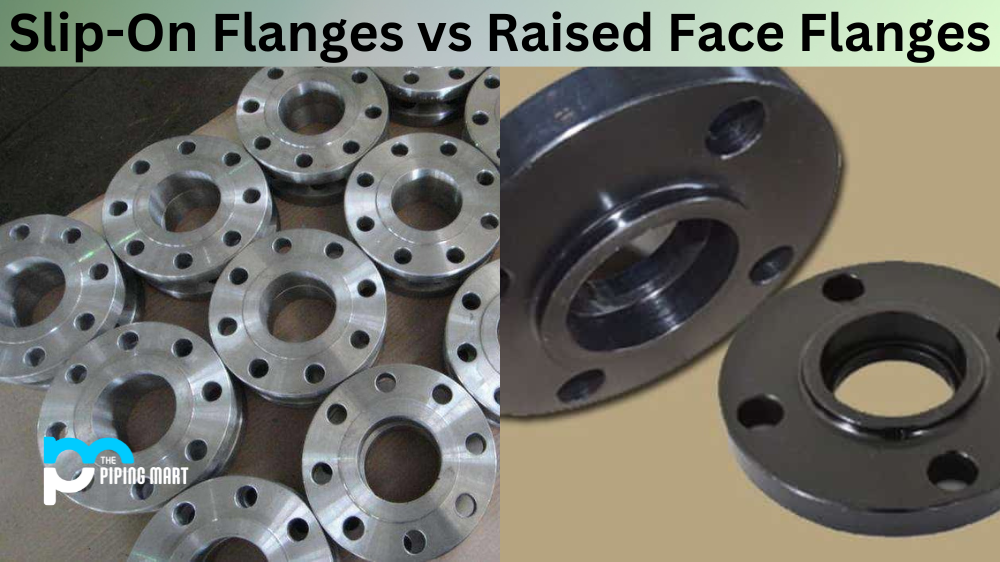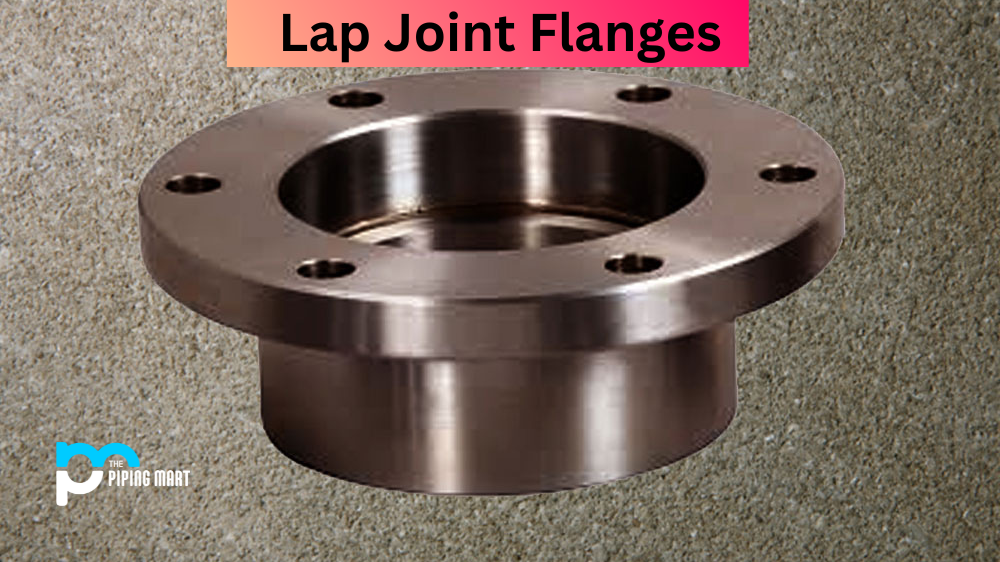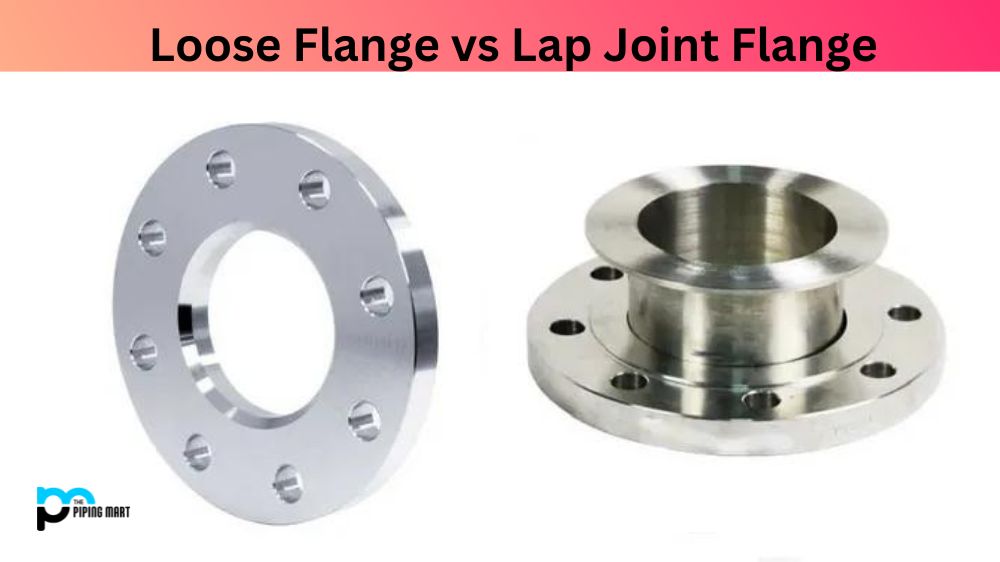When you are working with piping systems, it is important to be familiar with the different types of flanges that are available. Two of the most common types of flanges are slip-on flanges and raised-face flanges. Understanding the differences between these two types will help you make sure you choose the correct one for your specific application.
What is a Slip On Flange?
A slip-on flange is a type of pipe fitting that has a hole in its center. This hole allows for a pipe or other connection to be inserted into it. These flanges also have an outside circumference that contains bolt holes that can be used to secure the flange to another piece of equipment or pipe. The inside diameter (ID) of a slip-on flange typically matches up with the outside diameter (OD) of the connecting pipe. This makes them easy to install since they don’t require welding or any other kind of modification.
What is a Raised Face Flange?
A raised face flange is similar in design to a slip-on flange but has one key difference – it has an extra lip around its circumference called a raised face. This raises the surface area of the connection point, which helps improve its seal when connected with another component. The raised face also helps prevent any potential leaks from occurring by providing an additional layer of protection between two pieces of equipment or pipes being connected together. Additionally, these flanges generally come with pre-drilled bolt holes for easier installation.
Difference Between Slip-On Flanges and Raised Face Flanges
- A slip-on flange is a type of flange that is slipped over the end of a pipe and welded in place.
- A raised face flange is a type of flange that has a raised face that is bolted or welded to the end of a pipe.
- Slip-on flanges offer straightforward installation.
- Raised face flanges ensure a superior seal.
- Slip-on flanges offer cost-effective solutions.
- Raised face flanges boast enhanced durability.
Conclusion:
Both slip-on and raised face flanges present unique advantages tailored to specific application requirements. Slip-on flanges are favored for their straightforward installation process, ensuring simplicity and ease. Understanding the appropriate type of flange for your needs is essential for optimizing the efficiency of your piping system and safeguarding against potential leaks or corrosion. Ultimately, the decision rests with you to determine which option best suits your requirements.

Pipingmart is a B2B portal that specializes in metal, industrial and piping items. Additionally, we share the latest information and information about materials, products and various types of grades to assist businesses that are involved in this business.




